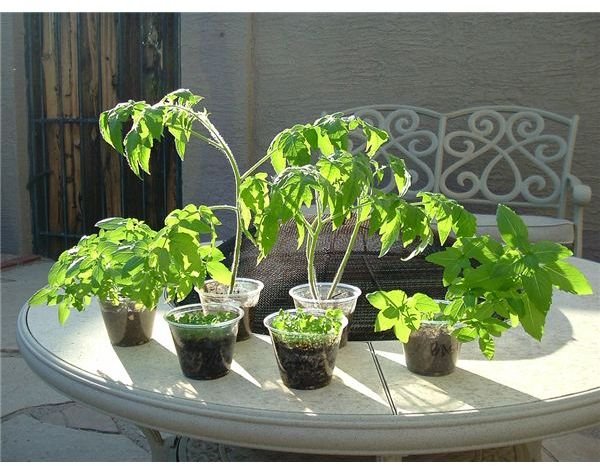How Parts Make up a Whole: Lesson for Kindergarten through 2nd Grade
This lesson will allow children to extend their learning about parts of a whole. This discovery activity will create an atmosphere that is filled with enjoyment and cooperation. The students will love making observations and drawing their own conclusions.
**
Objectives:
- The student will compare and contrast plants to other objects.
- The student will compare and contrast plants and humans.
- The student will work cooperatively in groups.
- The student will recognize the parts that make up a plant.
- The student will recognize the parts that make up a person.
- The student will write and solve an addition sentence.
Materials:
- A variety of objects or object picture cards (Discovery Table)
- Full body pictures of students (They can be photographs or drawings that the children have done before hand.) You don’t need a picture of all students, just enough so that each group will have one picture. (Discovery Table)
- Teacher-Made Worksheet (See Below)
- Half sheet of tagboard or butcher paper for each group.
Lesson Procedure
The teacher should begin the lesson by asking, “What is a whole?” Next, he/she should ask, “What makes a whole?” These questions will provide a quick review of the previous lessons.
Divide the students into groups of two. Be sure to consider social as well as academic development when developing the groups. Draw the students’ attention to the Discovery Table. Tell the students that their job is to examine the objects or pictures of objects on the table and decide which one could be sorted into the group with the plant. Each group should receive a worksheet with a plant on it. Be sure the picture shows all of the plant parts, including the roots.
Assessment: The student will reflect on what he/she has learned by completing a bubble map to demonstrate his/her understanding of the parts of all plants. The words “Plant Parts” would be prewritten in the middle circle and the students will write the names (or draw pictures) of the plant parts in the four outer circles.
This lesson allows the students to work cooperatively to compare and contrast real plants. As a result, they are able to conclude that plants are similar in that they have the same parts.
References
- Photo by Tim Patterson under CC BY 2.0 via Flickr
This post is part of the series: How Parts Make up a Whole: Plant Parts
Teach your students how parts make up a whole with this series on examining the parts of a plant. The lessons can be modified to be used with students from Kindergarten to Second Grade.
